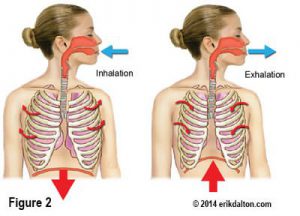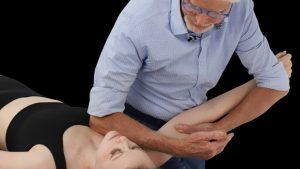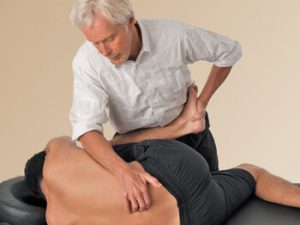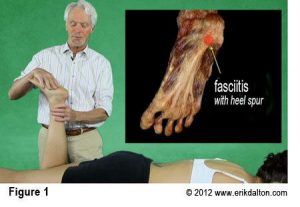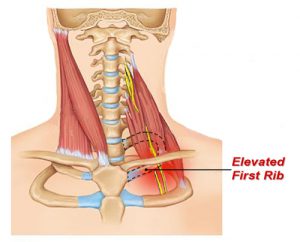A primary goal of CS training is teaching clients how to recruit specific deep trunk muscles to effectively control lumbar spine positioning during dynamic movements. Core training is intended to provide essential joint stiffness and stability, allowing the body’s large prime movers (global muscles) a solid working foundation. Carolyn Richardson, describing her research on core stability states, “Thus, conceptually, the transversus abdominis and multifidus form the walls of a cylinder while the muscles of the pelvic floor and diaphragm form its base and lid, respectively. There is some initial evidence that these four muscles act in synergy to provide a spinal support mechanism.”
Since so many popular bodywork modalities are based on core stability principles such as co-contraction of transversus abdominis/pelvic floor muscles during specific movements, I’d like to get your feedback on this issue?
MAT Stress-Buster Spring Savings
One Week Only… 25% Off Site-wide Sale!
As a therapist, you play a crucial role in helping your clients manage stress and lead pain-free lives. In honor of National Stress Awareness Month this April, we want to celebrate your dedication to promoting relaxation and well-being. To do that, we're holding a special spring sale, 25% off pretty much everything on our website: online courses, home study courses, books, and posters! (Workshops excluded.)
Visit erikdalton.com today and use the coupon code RELAX25 at checkout to claim your 25% discount. Sale ends midnight, April 15TH!

